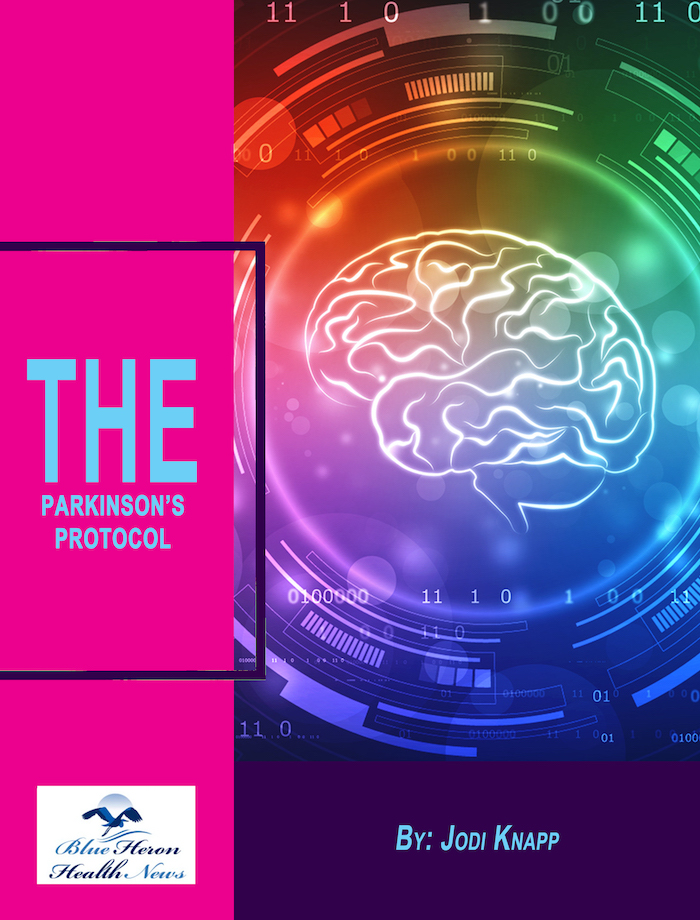
The Parkinson’s Protocol™ By Jodi Knapp Parkinson’s disease cannot be eliminated completely but its symptoms can be reduced, damages can be repaired and its progression can be delayed considerably by using various simple and natural things. In this eBook, a natural program to treat Parkinson’s disease is provided online. it includes 12 easy steps to repair your body and reduce the symptoms of this disease. The creator of this program has divided into four segments to cover a complete plan to treat this disease along with improving your health and life by knowing everything about this health problem. The main focus of this program is on boosting the levels of hormone in your brain by making e a few easy changes in your lifestyle, diet, and thoughts
How are stem cells being used in Parkinson’s research?
Stem cell research is playing an increasingly important role in the study and treatment of Parkinson’s disease (PD), offering promising avenues for both understanding the disease and developing potential therapies. Here’s an overview of how stem cells are being used in Parkinson’s research:
1. Studying Disease Mechanisms
- Modeling Parkinson’s Disease: One of the primary uses of stem cells in Parkinson’s research is to create cellular models that help scientists study the disease’s underlying mechanisms. By converting stem cells into dopamine-producing neurons (the type of cells that are lost in Parkinson’s), researchers can create models that mimic Parkinson’s in the lab. These models help identify the genetic, environmental, and cellular factors contributing to the disease. This also provides insights into the degeneration of these neurons and the role of protein accumulation (like alpha-synuclein) in Parkinson’s.
- Understanding Toxicity: Stem cells are used to explore how toxic substances, including environmental factors or genetic mutations, damage dopamine neurons. These models allow scientists to test potential drugs that could prevent or repair this damage.
2. Cell Replacement Therapy
- Rebuilding Dopamine-Producing Neurons: The most exciting and talked-about use of stem cells in Parkinson’s research is the possibility of replacing the dopamine-producing neurons that are lost as the disease progresses. Stem cells can be directed to become dopamine-producing neurons (dopaminergic neurons) in the laboratory. When transplanted into animal models or potentially into human patients, these neurons could restore the dopamine balance in the brain, potentially improving motor function.
- Human Stem Cell Trials: Clinical trials are underway to investigate whether stem cell-derived dopamine-producing neurons can be safely transplanted into Parkinson’s patients. For instance, researchers are using both embryonic stem cells and induced pluripotent stem cells (iPSCs)—which are stem cells derived from a patient’s own cells (such as skin or blood cells)—to generate dopamine-producing neurons.
- Challenges: Despite the promise, challenges remain in ensuring that the transplanted neurons survive, integrate properly into the brain, and function in the long term without causing side effects, such as tumor formation. Some trials, such as those using stem cells from fetal tissue, have shown promising results in early-phase studies, though these approaches raise ethical concerns.
3. Gene Editing and Stem Cells
- CRISPR and Gene Editing: Researchers are using gene editing tools like CRISPR-Cas9 in combination with stem cells to correct genetic mutations that cause Parkinson’s disease. This approach could help restore the normal function of neurons and potentially prevent or reverse disease progression. For example, scientists could use CRISPR to fix the mutations in genes like LRRK2 or PINK1, which are linked to inherited forms of Parkinson’s disease.
- Personalized Medicine: iPSCs derived from patients with Parkinson’s can be genetically modified to create personalized models of their disease. By editing the genes of these stem cells, researchers can understand how specific mutations affect brain cells and test potential gene therapies in the lab before applying them to real patients.
4. Testing New Drugs
- Drug Screening: Stem cell-derived models of Parkinson’s disease allow for high-throughput screening of potential drug candidates. These models can be used to test thousands of drugs and identify those that may protect or regenerate dopamine-producing neurons. This method enables faster identification of promising compounds that can be moved into clinical trials.
- Testing Neuroprotective Agents: Stem cells are used to test drugs that could protect neurons from the degeneration that characterizes Parkinson’s disease. By introducing neuroprotective compounds into stem cell-derived models, researchers can assess their ability to halt or slow down neuronal death in Parkinson’s.
5. Cell-based Therapy for Symptom Management
- Non-Dopaminergic Approaches: In addition to replacing dopamine-producing neurons, stem cells are also being studied for their potential to support the brain’s healing process in other ways. For example, stem cells may be used to create cells that release growth factors, which could protect the remaining dopamine-producing neurons or promote healing of the brain’s damaged circuits.
- Neurotrophic Factors: Stem cells could also be used to produce and release neurotrophic factors (proteins that promote the survival, development, and function of neurons), which may help to slow or prevent the loss of dopamine-producing neurons and improve brain health.
6. Clinical Trials and Progress
- Ongoing Clinical Trials: Several clinical trials are investigating the use of stem cell therapies in Parkinson’s disease. Some focus on using stem cells to replace lost neurons, while others aim to evaluate whether stem cell-based treatments can slow disease progression, reduce symptoms, or improve motor function.
- Recent Advances: Recent clinical trials in places like Japan and the United States have shown early signs of success. For example, trials using fetal-derived stem cells have demonstrated some improvement in motor function in Parkinson’s patients, although the long-term results and potential side effects are still being studied.
7. Ethical Considerations
- Ethical Issues: The use of stem cells, especially embryonic stem cells, raises significant ethical concerns. These concerns primarily revolve around the source of the cells and the potential for cloning. However, iPSCs, which do not require the destruction of embryos, provide a less controversial alternative and are gaining prominence in Parkinson’s research.
- Patient-Specific Stem Cells: By using iPSCs, researchers can avoid the ethical concerns associated with embryonic stem cells. iPSCs can be derived from patients’ own tissues, reducing the risk of immune rejection and offering the potential for more personalized treatments.
8. The Future of Stem Cells in Parkinson’s Treatment
- Regenerative Medicine: Stem cell therapies could one day provide a way to regenerate the damaged brain cells in Parkinson’s patients, potentially offering a cure for the disease. While significant scientific and clinical hurdles remain, stem cells offer hope for better treatments and even a cure in the future.
- Combination Therapies: In the future, stem cell therapies might be combined with other treatments, such as gene therapy, neuroprotective drugs, and deep brain stimulation (DBS), to improve overall patient outcomes.
Conclusion
Stem cells represent one of the most promising areas of research in Parkinson’s disease, with the potential to both provide a deeper understanding of the disease’s mechanisms and offer innovative new treatments. While challenges remain, especially regarding safety, efficacy, and ethical concerns, advances in stem cell technology are paving the way for new, potentially transformative therapies that could one day slow, halt, or even reverse the course of Parkinson’s disease.

The Parkinson’s Protocol™ By Jodi Knapp Parkinson’s disease cannot be eliminated completely but its symptoms can be reduced, damages can be repaired and its progression can be delayed considerably by using various simple and natural things. In this eBook, a natural program to treat Parkinson’s disease is provided online. it includes 12 easy steps to repair your body and reduce the symptoms of this disease. The creator of this program has divided into four segments to cover a complete plan to treat this disease along with improving your health and life by knowing everything about this health problem. The main focus of this program is on boosting the levels of hormone in your brain by making e a few easy changes in your lifestyle, diet, and thoughts